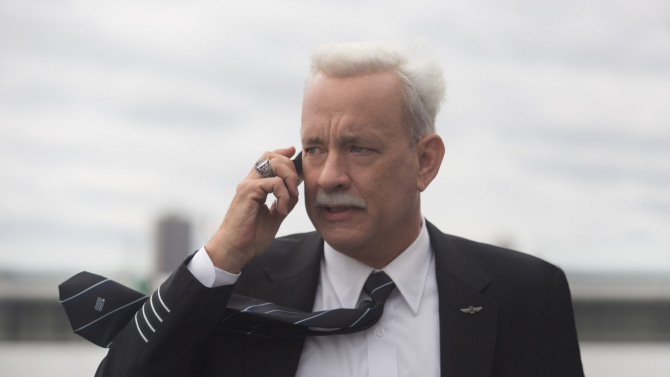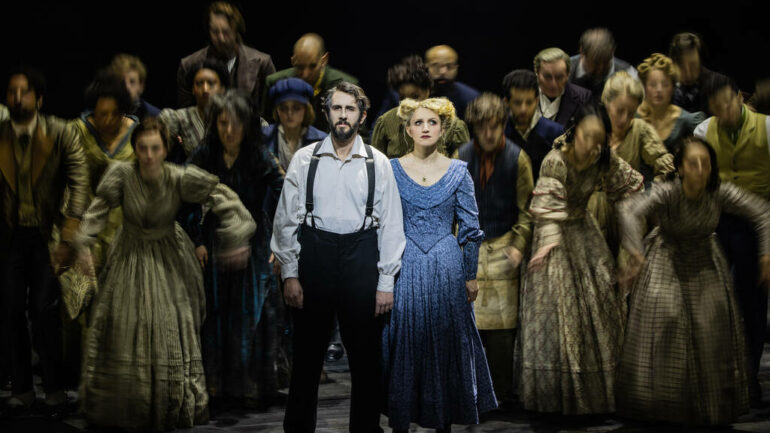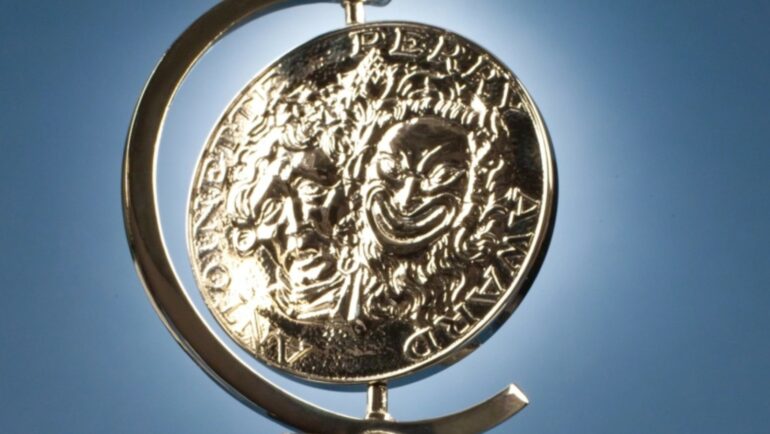So good... like you
Listeners:
Top listeners:
00:00
00:00
chevron_left
-
play_arrow
NGradio So good... like you
Tom Hanks stars in the story of a hero pilot who refused to view himself as such after landing US Airways Flight 1549 on New York’s Hudson River.
If there’s one Hollywood star you would trust to crash-land a commercial airliner without injuring a soul on board, it would surely be Tom Hanks. After risking his life in order to save his crew in “Captain Phillips,” the two-time Oscar-winner takes to the skies — and mere moments later, to the chilly waters of the Hudson River, after a flock of birds blows out both engines of US Airways Flight 1549 — in a remarkable true story that inspires confidence not only in its leading man, but in honest, hard-working Americans everywhere.
Directed by Clint Eastwood with the same kind of unpretentious professionalism, the film makes a point of celebrating in its protagonist. “Sully” retells the so-called “Miracle on the Hudson” through the eyes of Capt. Chesley Sullenberger, who pulled off the incredible landing — if “landing” is indeed the right word when a plane touches down on open water — based on his book, “Highest Duty.” For audiences, getting to witness the feat in question is far and away the film’s biggest selling point (and no doubt the reason why it will be opening simultaneously on Imax screens Sept. 9), but Eastwood and screenwriter Todd Komarnicki have opted for a counterintuitive approach, withholding the flight itself for as long as possible and focusing primarily on the aftermath of the accident, as Sully tortures himself with questions of what he might have done differently, and as a team of National Transportation Safety Board investigators attempt to ask him the same thing.
While that means more of the film is set in the hot seat of inquest chambers and courtrooms than in the cockpit itself, starting after the plane has safely landed is a shrewd storytelling strategy for multiple reasons. Not least of these is that it allows Eastwood to parcel out multiple impressions of the incident — from extended flashbacks to crude simulations — over the course of movie, effectively offering audiences six plane crashes for the price of one.
In fact, the film, which runs an efficient 96 minutes, in Eastwood’s typical no-fat style, holds back on what really happened until more than an hour in, and instead opens with a vivid nightmare in which Sully imagines a far different outcome had he followed through on his initial strategy of returning to LaGuardia Airport with practically no thrust in either engine, culminating in a fiery demise for all aboard as Flight 1549 crashes into a skyscraper. And then he wakes up.
The unsettling dream sequence is strangely less exciting than such airline-disaster openings as those in “Flight” and “Alive.” And yet, distasteful as it may be to watch a plane smash into the New York skyline, conjuring images of 9/11, it’s a reminder that Sullenberger’s actions potentially saved more than the lives of his 155 airline passengers.
This isn’t the first time Eastwood has opened a film with a major CG cataclysm: In the relatively heavy-handed “Hereafter,” he kicked off proceedings by demolishing the coast of Thailand with a dramatic recreation of the 2004 Indian Ocean tsunami. While only a dream sequence, “Sully’s” opening feels less like a stunt from a director who alternates between sober, seemingly timeless portraits of exceptional personalities (“American Sniper,” “Million Dollar Baby”), and corny, cardboard melodramas too old-fashioned in their approach (“Jersey Boys,” “Changeling”), occasionally landing somewhere in the middle (à la “Flags of Our Fathers”). “Sully” is an example of the last done right: a straightforward tribute to the extraordinary actions taken by an irreproachable character who refuses to see himself as a hero. It’s not a particularly great Clint Eastwood movie — it ranks perhaps ninth or 10th on a résumé of 35 features, two of them best picture winners — but it’s one that promises to resonate in a big way with Americans at this moment in time.
Ripped from the headlines, “Sully” offers a rare example of a movie inspired by good news — the best news, as one character points out, that New York has heard in a long time, “especially with an airplane in it.” And because most Americans already know the outcome, it makes sense to focus on the less-known “what happened next” of it all, after Flight 1549 had faded from the TV news cycle. (In the film, whenever there’s a television in a scene — whether in a bar or a hotel or back home at the Sullenberger residence — it’s covering the story.) What most people don’t know is the cruel irony that despite saving everyone’s lives, Sully still had to answer to the NTSB, which felt that his decision to effect a forced water landing had actually endangered everyone aboard. According to protocol, Sully should have returned to LaGuardia, or else tried to land at nearby Teterboro Airport, and both the airline’s insurance company and Sully himself are faced with the consequences of his decision — one that’s informed by the pilot having delivered nearly a million passengers over some 40 years.
Sullenberger may be haunted (visions of crashing planes become a recurring motif), but he’s not alone. His co-pilot, Jeff Skiles (Aaron Eckhart), sticks to Sully’s side like a faithful collie, while his wife, Lorrie (Laura Linney), offers encouragement from home via phone. But Sully’s network of support extends far beyond that, relying on all the other professionals who played a role that day, from the air-traffic controllers to the flight attendants to the emergency-response crew, and though viewers will shake their heads at the injustice of the fact that the authorities held Sully’s feet to the fire for what happened, Eastwood’s message is one of appreciation for those who responded to a crisis in which everyone survived, where the pilot did his job, and where people acted admirably across the board. As Skiles tells the NTSB investigating committee, “You’re not used to having answers to your guesses.” (He also gets the movie’s last laugh, an odd, “OK, I guess we can all go home now” chuckle.)
In terms of acting, there’s not a whole lot for the supporting cast to do other than support, and some of the extras (most notably the passengers) can be distractingly amateurish at times. This is Hanks’ show, and he delivers a typically strong performance, quickly allowing us to forget that we’re watching an actor. With his snowy white hair and mustache to match, Hanks conveys a man confident in his abilities, yet humble in his actions, which could also be said of Eastwood as a director. As unfussy as ever, Eastwood juggles the script’s odd chronology-bending structure, steering by his central character’s conscience throughout, while supplying another of his simple piano scores, which doubles as the melody for end-credits song “We’re All Flying Home” — though if ever there was a film that called for “The Wind Beneath My Wings,” this is it.
Source: variety.com
Written by: New Generation Radio
Similar posts
ΔΗΜΟΦΙΛΗ ΑΡΘΡΑ
COPYRIGHT 2020. NGRADIO





















Post comments (0)